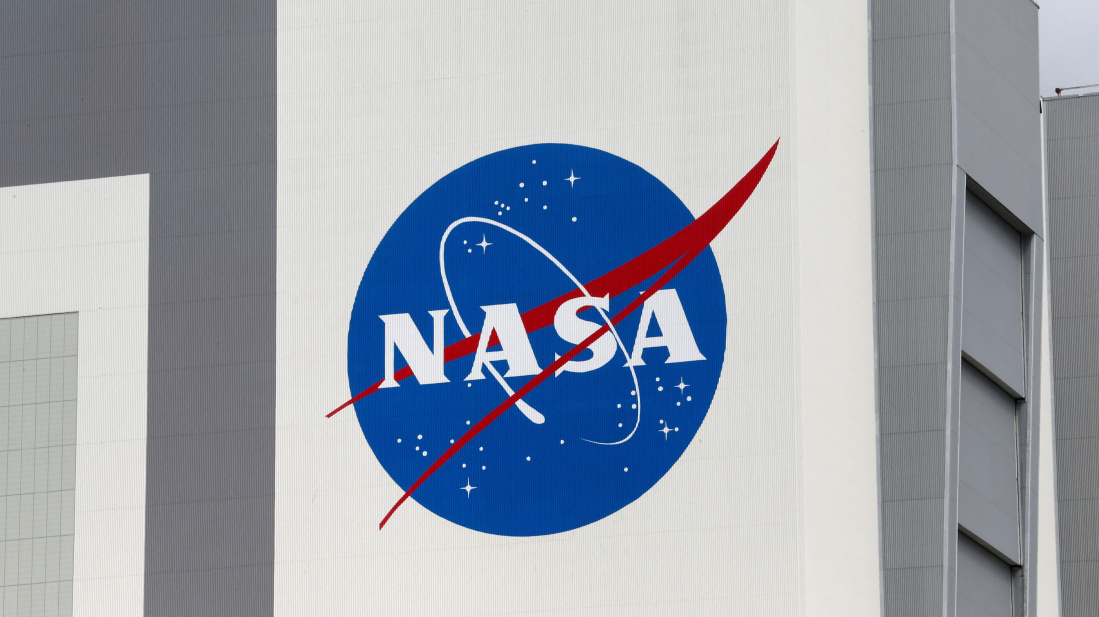Russia embraces Trump’s new security strategy
Russia has welcomed U.S. President Donald Trump’s new National Security Strategy, calling it largely consistent with Moscow’s own vision, as Washi...

The acting chief of the U.S. space agency NASA is expected to unveil a directive this week to build a nuclear reactor on the moon by 2030, according to U.S. media reports, as the United States seeks to strengthen its space presence amid growing competition from China and Russia.
Citing internal documents obtained by Politico, the report said NASA will solicit proposals from private industry to develop a 100-kilowatt reactor capable of powering long-term missions on the lunar surface. The system is intended to support future crewed operations.
“This is about winning the second space race,” a senior NASA official told Politico, speaking anonymously.
The agency has reportedly been instructed to select a program lead and begin industry consultations within 60 days, according to the report.
The aim is to launch the reactor by the end of the decade — around the same time that China plans to land its first astronaut on the moon.
NASA had previously funded research into a smaller 40-kilowatt system, but the new plan outlines a more ambitious scale and timeline. The documents also caution that the first country to install a reactor could declare exclusive zones on the moon, potentially limiting access for others.
The plan comes as NASA faces potential budget challenges. The Trump administration has proposed cutting the agency’s budget by nearly a quarter, from $24.8 billion to $18.8 billion, raising questions about how the nuclear initiative would be funded — and what resources would remain for traditional space science.
A coup attempt by “a small group of soldiers” has been foiled, Beninese Interior Minister Alassane Seidou said on Sunday on national television, urging citizens to continue their daily activities.
A delayed local vote in the rural Honduran town of San Antonio de Flores has become a pivotal moment in the country’s tightest presidential contest, with both campaigns watching its results as counting stretches into a second week.
FIFA releases the 2026 World Cup schedule with match dates, venues, and key fixtures. See when host nations USA, Mexico, and Canada play and get an overview of group stage and knockout rounds.
Lava fountains shot from Hawaii’s Kīlauea volcano from dawn to dusk on Saturday, with new footage showing intensifying activity at the north vent.
McLaren’s Lando Norris became Formula One world champion for the first time in Abu Dhabi, edging Max Verstappen to the title by just two points after a tense season finale.
Children are forming new patterns of trust and attachment with AI companions, entering a world where digital partners shape their play, their confidence and the conversations they no longer share with adults.
The International Robot Exhibition (IREX) opened in Tokyo on 3 December, bringing together visitors to explore robotics applications for industry, healthcare, logistics, and everyday life.
A bipartisan group of U.S. senators, including prominent Republican China hawk Tom Cotton, introduced the SAFE CHIPS Act on Thursday, aiming to prevent the Trump administration from easing restrictions on China’s access to advanced artificial intelligence (AI) chips for a period of 2.5 years.
A former Apple engineer has unveiled a new Chinese chip designed to compete directly with Apple’s Vision Pro headset.
Chinese AI startup DeepSeek has introduced its newest model, DeepSeek-V3.2-Speciale, claiming it can perform some tasks as well as the latest models from Google DeepMind and OpenAI.
You can download the AnewZ application from Play Store and the App Store.

What is your opinion on this topic?
Leave the first comment